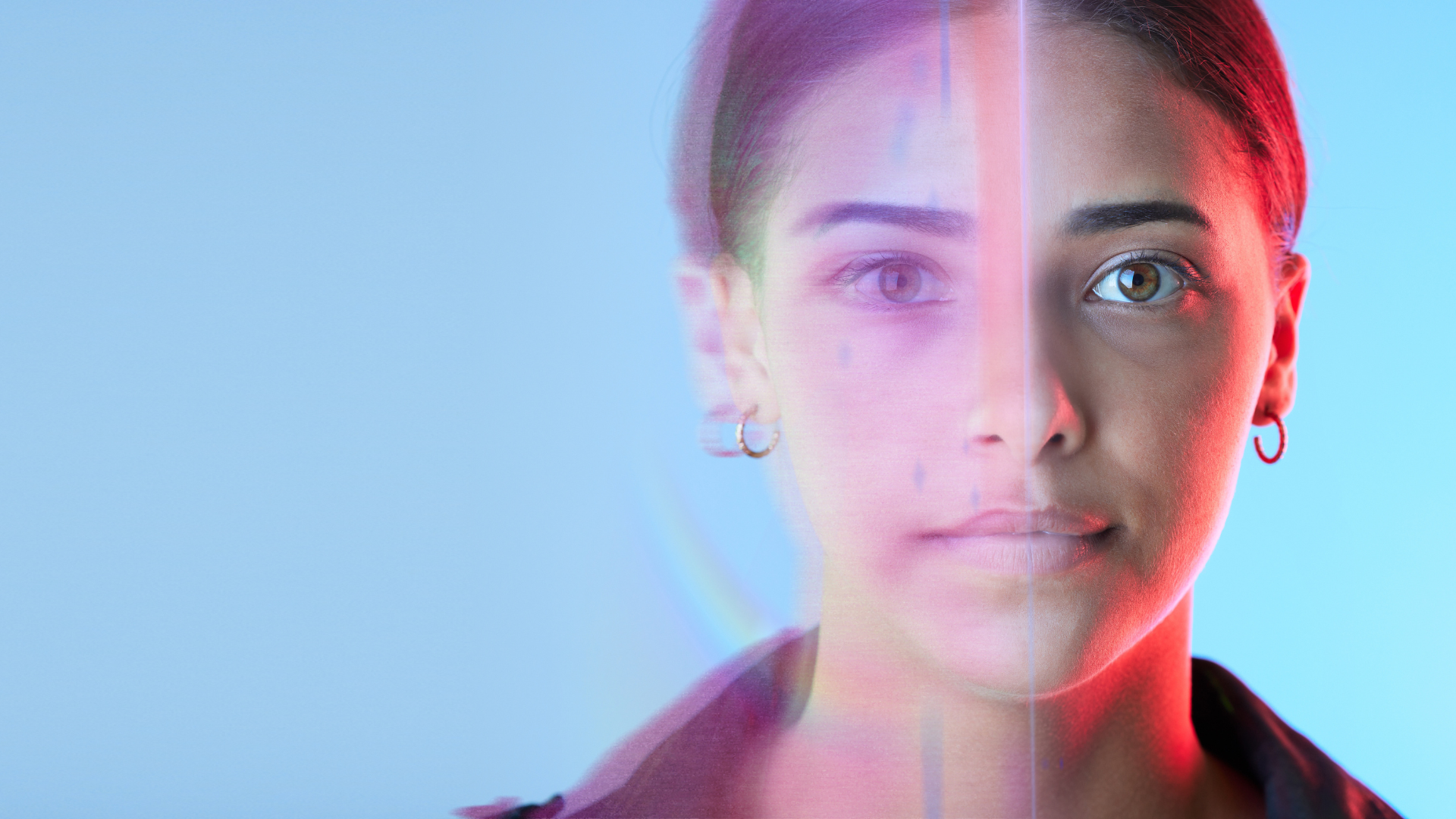We’re so excited to introduce you to our latest series: Let’s Talk Shop! In this new series, we partner with women in the live shopping and e-commerce space, to talk all things shoppable commerce.
For our first episode, we partnered with Elizabeth Kressel—Liz is an early pioneer in the shoppable content space, creating content and e-commerce integrations across multiple platforms including TV.
Her mantra is "Leave No Dollar Behind" and she specializes in ensuring companies maximize engagement leading to purchase.
Liz is joined by Stage TEN’s Melinda Lee. Previously BuzzFeed’s first Chief Content Officer, Melinda has held high profile, growth-focused roles at top media companies such as Meredith, Hearst, Viacom, and Getty Images.
At Stage TEN, Melinda leads the media division which includes business and editorial operations, studios, and content production units, and is growing the live interactive content network.
Today we’re going to dig into 5 amazing insights and tips from Liz and Melinda’s conversation.
What defines success for a live shopping event?
There are a lot of different ways to measure the success of a live event. It all comes down to what the goal is—are you looking to increase sales, impressions, or engagement? Once you nail down your goals, you’ll have a better idea of how to measure success for your live commerce event.
For most live shopping events, conversion is the #1 measure of success. If you are converting viewers to buyers, you can qualify your event as a success.
Thankfully, Liz and Melinda point out that live shopping events boast some of the most impressive conversion rates they’ve ever seen.
“Generally speaking, I’ve seen conversion rates that are 10x what people are doing on their regular e-commerce websites. That is an amazing stat in itself,” says Liz. “And I have actually seen north of 30% in terms of conversion rates for really, really well-done shows, which is kind of amazing.”
What if something goes wrong in your live stream? How do you move forward?
When you are working in the world of live events, there are a lot of things that can go wrong. The most important thing is to keep pushing forward past any setbacks you experience.
If you are planning your events, think about planning them in a group—instead of 1 stand-alone show, plan 3 or 4 or 5 shows. And stick to your plan no matter what happens on the first show. Why? It is hard to base decisions on data from 1 show, but when you have a robust data set you can confidently make decisions and observations about your success.
Be sure to look at every data point—was there a flaw in your marketing? Maybe you attracted the wrong audience? Or maybe your host didn’t connect with the crowd. Once you pinpoint what’s going on, all of these issues are surmountable.
Now, when it comes to something going “wrong” during your live event, you need to think about what it means for something to go wrong. You need to be willing to embrace the unexpected.
During her YouTube Holiday Stream and Shop live stream produced by Stage TEN, Addison Rae fell off her chair at the end of the live stream—sure, Addison could have seen this as a setback, but instead, it added to her authentic, bubbly personality and gave even more people a reason to tune in to the replay!
“People are going to bond over those moments,” Liz says.
“I was talking to a client recently who actually [sells] doggy fashion, and we were talking about a doggy fashion show and they said, ‘Well, what if the dog has an accident on the runway?’ And I said it would be amazing! Everyone will react to that and think ‘Oh my God, I can totally see my dog doing that’,” Liz elaborates.
“That’s the authentic moment we’re looking for,” explains Melinda. “That’s what makes live great.”
It’s all about embracing the things that go “wrong” and seeing them as authentic moments that engage your audience on an even deeper level.
What’s the right balance between entertainment and sales content during your live shopping event?
It is important to remember that your live commerce event needs to be more than an interactive product page. Anyone can go online and gather the information they are looking for about a specific product—the internet makes that part simple. Because of this, you need to make sure that there is entertainment value weaved throughout the show.
Liz recommends a 70/30 split between entertainment and commerce. To put it simply, the get has to be greater than the give—you need to be able to add value to your audience.
To make sure that you hit this balance, it’s important to create a run of show before going live. Plan out how you will incorporate value and entertainment to engage and excite your audience. And always remember, to be successful your live event needs to put the entertainment before the commerce.
How can you make the most of your live shopping event when it’s no longer live?
When you are working on a live event, you often spend a lot of your time thinking about how to get people to the live stream of your shopping experience. And that is important. But did you know that 70% of the purchases that come from the average live shopping event happen after the event?
To capture that 70%, you need to have a post-production rollout plan—remember it’s about thinking beyond the live moment.
Our #1 tip? Make sure you are recording your live so you can share it post-stream.
Once you have recorded your stream, you can share it on your social media channels and your website—keeping it on your owned and operated channels will make a deeper impact on your audience.
Your O&O channels become the natural home for your content. And you can do so much with a single live stream—“You can clip it down and do whatever you want with it and create a lot of shoppable content on your site,” says Liz.
How is the younger generation consuming live content today?
Live shoppable content is seen in a completely different light from the younger generations. With young kids at home, Liz shares how her kids—Gen Alpha—are consuming content and how their content consumption ties back to purchases.
If you are a millennial or older, you naturally see the difference between content in ways that the younger generations just don’t understand. For example, they don’t know the pain of waiting 7 days for the next episode of their favorite show to drop. They very rarely have to watch anything in a serial format— for them, there’s no ‘tuning in’, everything is on-demand.
They also don’t have the same concept of commercials that we’ve historically understood. We were used to commercials being our peek into the retail world while consuming content. But for Gen Z and Gen Alpha, a lot of the content they consume is like a commercial in and of itself.
“We never used to watch shows that were specifically designed to sell—unboxing videos are basically a 30-minute commercial. That is what [the younger generations] are watching. So for them, it’s so seamless.”
They are watching videos, live and pre-recorded, and finding the items that they want to buy. It’s such an integrated process for them compared to what past generations are used to.
Be sure to follow us on Linkedin so you don’t miss a single episode.
And if you’re ready to go live and start selling, Stage TEN is ready for you! Sign up today and you can be streaming live within less than an hour—it’s that simple!



